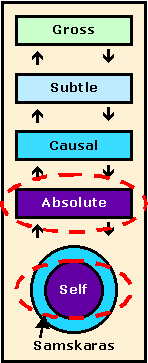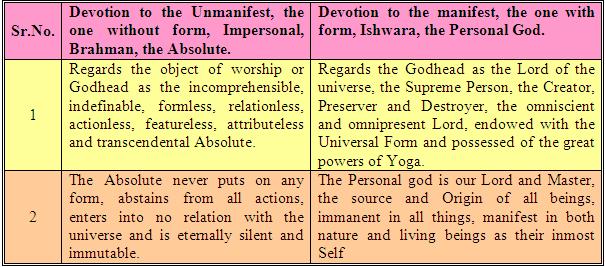Patanjali’s Yoga Sutras – Chapter 1: (Gaining Knowledge of Higher Truths, cont.; Sutras 1.49-1.51)
Yoga Sutra (1.49) – shruta anumana prajnabhyam anya-vishaya vishesha-arthatvat. Shrutameans heard or received; Anumana (lit. from the mind), inference, understanding, conclusion; Prajnabhyam means from those kinds of knowledge; Anya-vishaya (anya = different, vishaya = objects), of different objects; Vishesha-arthatvat means relating to particular or special objects, purpose, or significance.
Translated this means…Consciousness is characterized by a special “relationship” to the object. This relationship exceeds the bounds of knowledge that is received and followed.
In other words, that knowing is different from the knowledge that is intermingled with testimony or through inference, because it relates directly to the specifics of the object, rather than to the representative words or other concepts.
Commentary: The focus of nirvichara samadhi is directed toward an object with a special or particular purpose. That object is the deepest Self, and its special purpose will be more fully revealed in sutras 1.50 and 1.51. The Bhagavad-Gita implies that knowledge gained through scripture and logic (inference) is an important tool, but the importance of this tool should not be confused with what is crafted from it. Krishna says that for those “who know,” scriptural knowledge is like a well in a land deluged by fresh water. When we strengthen the connection to our true Self, our divine core, we learn to see that divinity in everything that surrounds us.
Yoga Sutra (1.50) – tajjah samskarah anya samskara paribandhi. Tajjah means from this; Samskarah means deep impressions or tendencies; Anya is other, different; Samskara means deep impressions or tendencies; Paribandhi means to prevent or obstruct.
Translation… This type of knowledge is filled with truth and creates latent impressions in the chitta (mind-field), and those new impressions tend to reduce the formation of other less important or useful forms of habitual latent impressions. Put more simply, This experience gives rise to impressions (samskaras) that supplants other impressions (samskaras).
Commentary: Anya samskara (other impressions) gives a perspective to contrast this new sense of being with all that we’ve known before, and pratibandhi, from prati (in opposition to) and bandh (to bind, lock) is the “wiping out” or “exclusion” of these habitual ways of thinking and being from our future experiences.
Yoga Sutra (1.51) – tasya api nirodhe sarva nirodhat nirbijah samadhih. Tasya is of that; Api means too or also; Nirodhe means to become calm, tranquil; Sarva is of all or from everything; Nirodhat means control, regulation; Nirbijah is lacking seed, seedless; Samadhih (from Samadhi) deep absorption in meditation, bliss.
Translated to mean…When even these latent impressions (mentioned in sutra 1.50) from truth based on knowledge recede along with the other (inferior) impressions, then there is concentration free from objects. Once nirbiija samadhi is attained, even these impressions will become tranquil and everything then has become tranquil.
Sutra 1.51 is the final and climactic sutra of Pada (book) I and for some may be a “hard pill to swallow,” especially those who have earnestly studied Patanjali’s preceding ideas and attempted to put them into regular practice. In these last few sutras, Patanjali informs us that we must put aside our highest, hard-fought-for achievements if we wish to reach the final goal.
*Part 17 may be viewed by clicking on: The Teachings of Yoga (Part 17: Gaining Knowledge – Higher Truths)
*For part 16, click on: The Teachings of Yoga (Part 16: Types of Engrossments, cont.)
*For part 15, click on: The Teachings of Yoga (Part 15: Types of Engrossments)
*For part 14, click on: The Teachings of Yoga (Part 14: After the Mind is Stable)
*For part 13, click on: The Teachings of Yoga (Part 13: Stabilizing/Clearing the Mind, cont.) Links to parts 7 through 12 may be found at the bottom of part 13. Links to parts 1 through 6 may be found at the bottom of Page 7
*Rae Indigo is ERYT500.
 Yoga Sutra (1.44)
Yoga Sutra (1.44)


